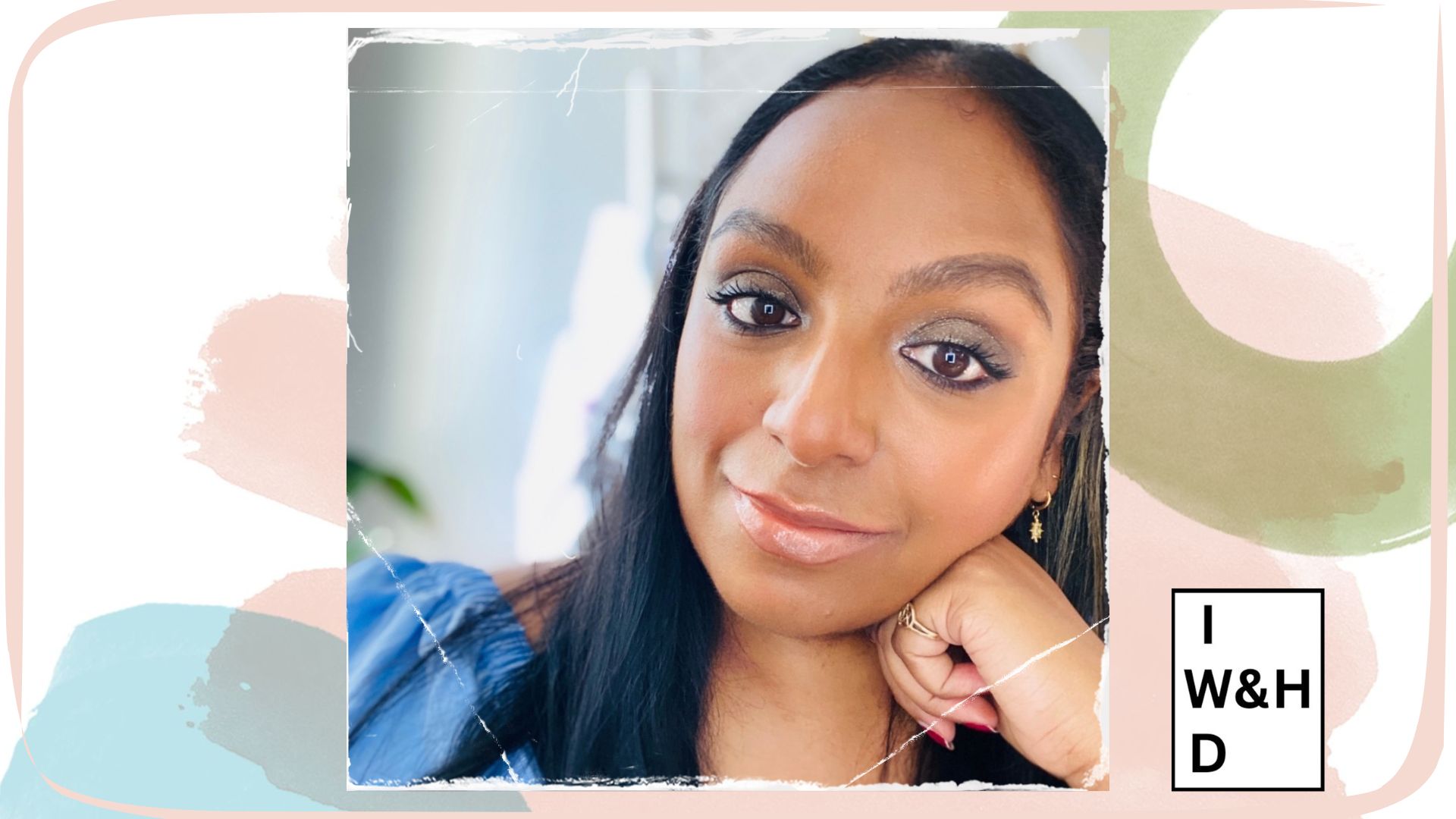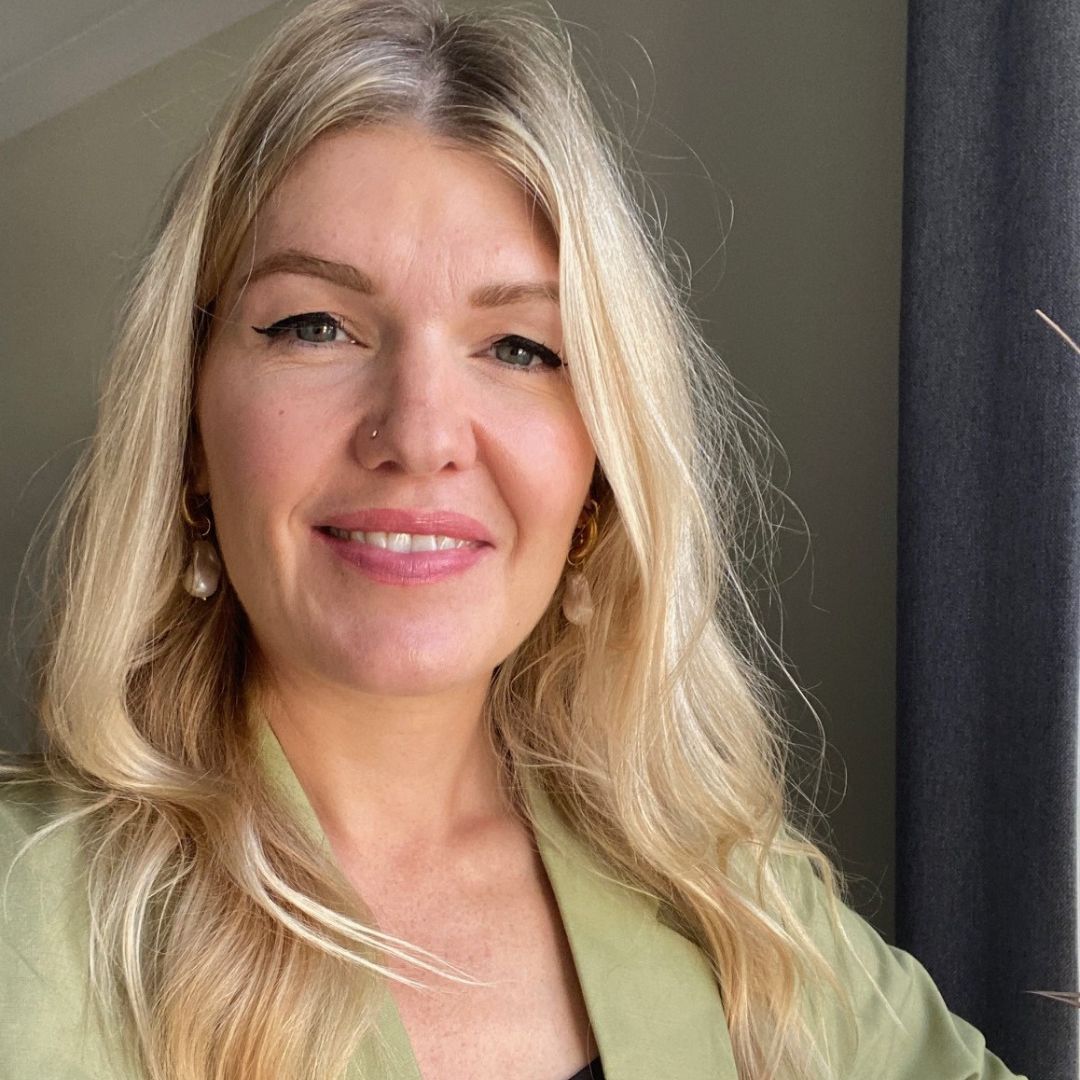"What I uncovered was genuinely shocking," Anita Bhagwandas on what every woman should know about beauty standards
Journalist and broadcaster Anita Bhagwandas' debut book, Ugly, deep-dives into toxic beauty standards – here, she shares how we can learn to unravel them


A beauty journalist by trade, you'd assume Anita Bhagwandas has thoroughly poked around every crevice of her chosen industry – and you'd be correct. But what really crystalized while writing her non-fiction debut, Ugly, is that there's beauty as inspiration (advice, products, trends) then there's the web of beauty standards wrapped around every cream we buy and look we aspire to that's so furiously knotty even your Tangle Teezer wouldn't have a hope of unpicking it.
"I knew beauty standards ran deeper than we’d been told or that we’re conscious of day-to-day," explains Bhagwandas. "I think deep down we all know that the constant pressure on women in particular to be thin, young, or a certain shape comes from somewhere. But in the moment, when we feel bad about our appearance, it’s hard to remember that."
Ugly is at once a history lesson, personal memoir, and eye-opening exploration of beauty ideologies like pretty privilege (if that sounds a bit lofty, know that regular Real Housewives references and Bhagwandas' instinctive humor keep Ugly firmly in page-turner territory) As it turns out, learning the – frequently surprising – context why watching Love Island might compell you to perform an ego-eviscerating mirror study can benefit us all.
"Without knowing exactly how beauty standards were formed or why, it’s hard to know how malevolent they are and how they’re still affecting us, often hundreds of years after they were created," Bhagwandas continues. "And what I uncovered in the book was genuinely shocking." In this exclusive interview, she shares five discoveries that can help us understand the beauty myths we live with and unpick them bit-by-bit.
1. When women grow stronger, beauty standards clamp down
"One of my biggest lightbulb moments was seeing just how radically our beauty standards shift when we're in a period of societal change.
Cosmetic surgery seems to boom during periods of female emancipation, for example during the 1980s when more women were entering male-dominated workplaces than ever before. When the contraceptive pill was introduced in the 1960’s it gave women more reproductive rights but subsequently, body standards shifted to being ultra-slim.
It’s happening now, as the #MeToo and #BLM movements create societal change and power shifts, every week there’s a new surgical procedure or ‘tweak’. They’re just new ways of delivering beauty standards to us, to keep us in a state of perpetual dissatisfaction and distraction from the real issues at hand."
Sign up to our free daily email for the latest royal and entertainment news, interesting opinion, expert advice on styling and beauty trends, and no-nonsense guides to the health and wellness questions you want answered.
2. Aspirational beauty should come in many forms
"There’s a place for escapism and fantasy in media but it’s the intent that matters. ‘Selling us an ideal’ is what advertisers think will sell. But that doesn’t always translate to what people really want, and what has a legacy.
Often glossy ads and editorials aren’t as memorable, empowering and powerful as the ones that subvert norms and take risks. Take Dove’s original adverts that showed non-models in a beauty advert for the first time. Though we can look back now and see that, sure, the casting was pretty limited, it was memorable because, for the first time, an advert felt relatable and genuine. We need to redefine what aspiration is, and remember that it’s also entirely subjective."
3. Understanding the past is key to change
"I think we’re making some surface progress [in shifting white-centric beauty ideals] but I deliberately titled the chapter on race ‘whiteness’ because if you’re a person of color you know how racism and the legacy of colonization has created both an unfair social system, and an inherent Eurocentric bias in beauty standards.
What isn’t happening is a true, deeper-level shift in representation to ensure that those who have been sidelined by white-centric beauty ideals are included. For example, so often when diversity is shown on TV or in ads, it’s a light-skinned woman of color. If the people making those decisions were more informed about the role colonization and slavery had on beauty standards like colorism, then I think there could be more scope for real change."
4. There are many agendas behind the scenes
"Some people know they ‘belong’ at glossy magazines because they grow up being shown they could fit in there because of their appearance, or their class. Perhaps that’s why they’re drawn to those industries – and maybe have more of a vested interest in keeping those standards as they are. Although this could be subconscious so isn’t necessarily always deliberate.
For others it can be trying to access something you’ve always been told you don’t or will never have. Part of my career was definitely driven by being the ‘underdog’ trying to finally feel beautiful and accepted. But for me it was also always about making things more inclusive. I knew women’s magazines could and should be better, more empowering and more inclusive and I wanted to drive that agenda forward."
5. The more we learn, the more we can empower others
"Knowing where beauty standards come from and why, means we can help those around us. When our friends obsess about their appearance we can gently remind them that they’re more than their looks - but women have been conditioned to think pretty is a part of their personality - and it isn't.
And we can also help lift and celebrate those who might not feel as beautiful or as valued in society to really shine by complimenting them or celebrating them in some way too. As soon as we start to unpick our own beliefs about beauty, you can’t help but pass that message on, because it feels like such a revelation."
UGLY by Anita Bhagwandas is available now (Blink Publishing)

As woman&home's Beauty Channel Editor, Fiona Mckim loves to share her 15+ years of industry intel on womanandhome.com and Instagram (@fionamckim if you like hair experiments and cute shih-tzus). After interning at ELLE, Fiona joined woman&home as Assistant Beauty Editor in 2013 under industry legend Jo GB, who taught her to understand ingredients and take a cynical approach to marketing claims. She has since covered every corner of the industry, interviewing dermatologists and celebrities from Davina McCall to Dame Joan Collins, reporting backstage at London Fashion Week and judging the w&h Beauty Awards.